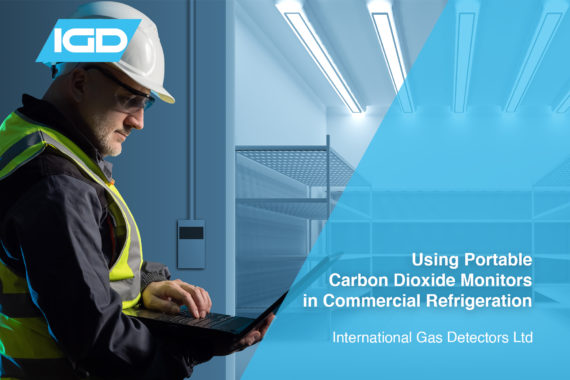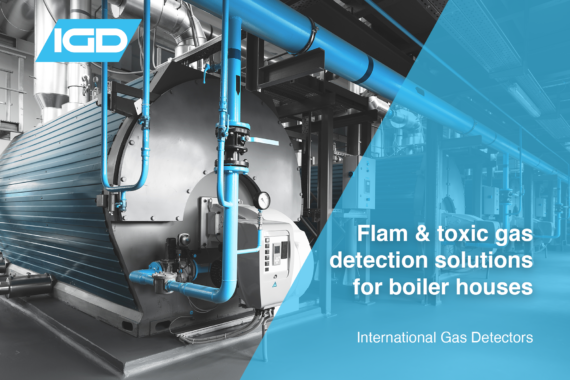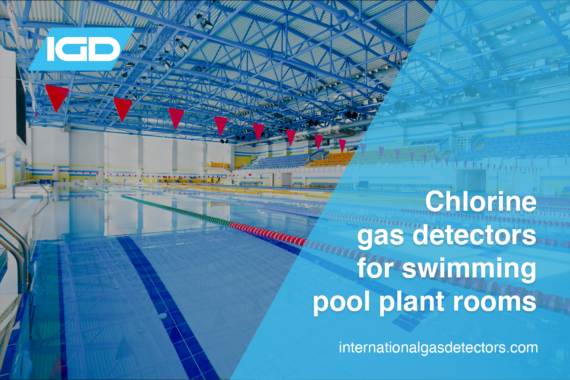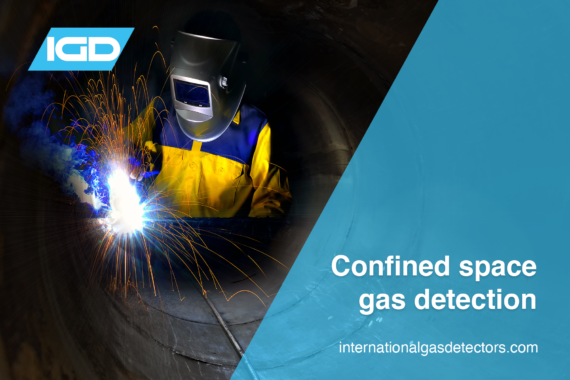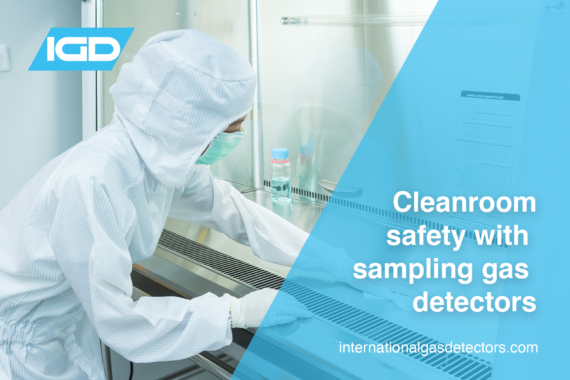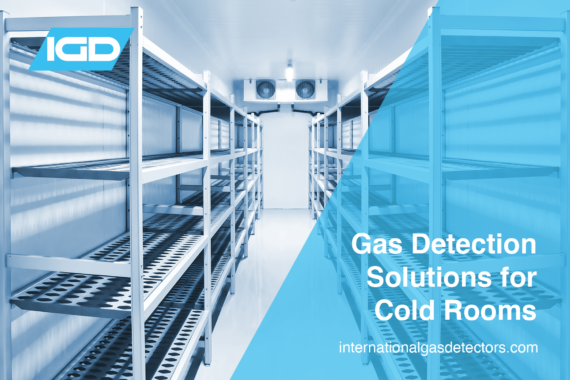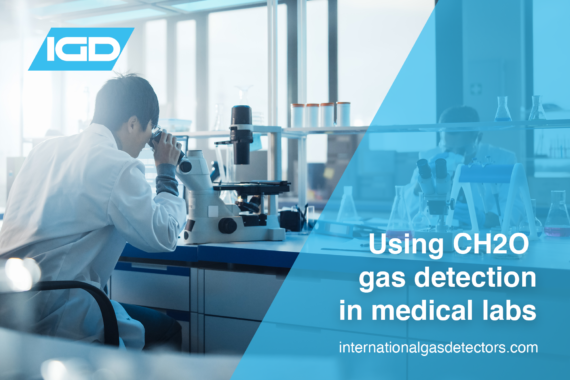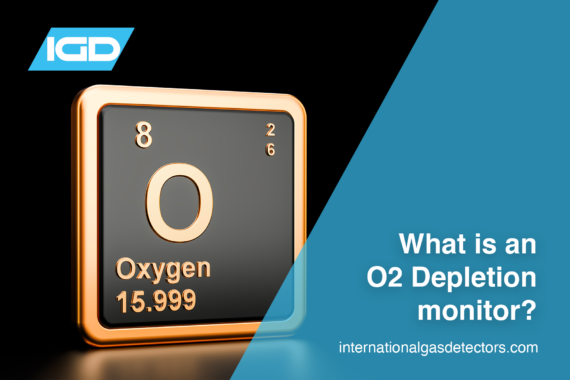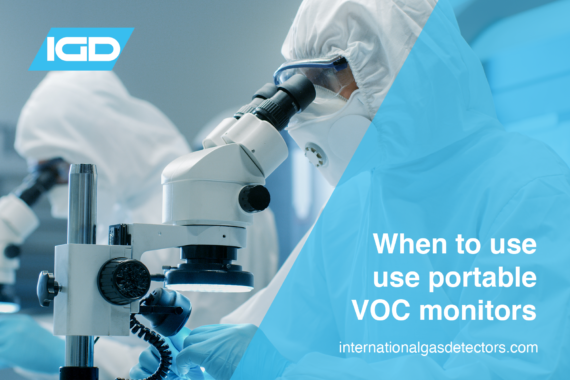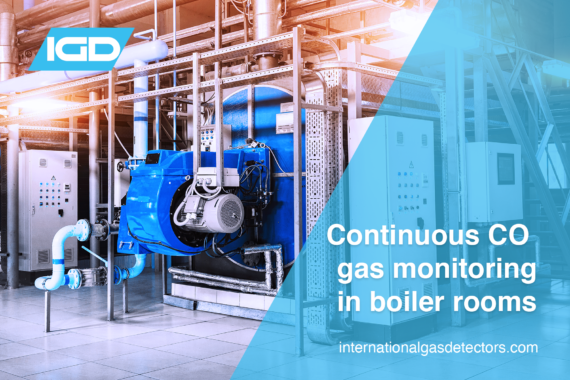Commercial refrigeration are now moving to use carbon dioxide as their choice for refrigerant gas, due to its low global warming potential. However CO2 is a toxic gas under UK COSHH and US OSHA regulations. This means you need to have systems in place to monitor for any Co2 leaks. Importantly those visiting commercial refrigeration sites need to protect themselves from the toxic effects of CO2. Our article addresses this issue and why you need a portable CO2 detector and our iGAS CO2 portable monitor.
Flammable & Toxic Gas Detection Solutions for Boiler Houses
Boiler equipment is usually stored in its own room, known as a boiler house, which is typically unventilated. Boiler houses are often visited infrequently, meaning that if there are toxic or flammable gases leaking, they are more likely to go undetected. Read our article to learn why you need an automatic gas detection system and our gas detection solutions.
Using Chlorine Gas Detectors in Swimming Pool Plant Rooms
Imagine going to a swimming pool and returning home with severe respiratory problems. The chances of this happening are high in public swimming pools that do not use chlorine gas detectors. Chlorine i
Confined Space Gas Detectors—What You Need to Know
A ‘confined space’ as defined for this article is any fully enclosed space where a risk may exist from noxious fumes, reduced oxygen levels or flammable gases. Site workers must often enter such space
Maintaining Cleanroom Safety with Sampling Gas Detectors
Cleanrooms are enclosed facilities specially designed to control levels of airborne contamination. Depending on the particle concentration (per m3), clean rooms are categorized into nine ISO classes. Class 1 being the purest and containing only 12 particles per cubic meter. By contrast, the particulate concentration of ambient air is around 35 million particles per cubic meter. Sampling gas detectors are used to monitor for safety cleanroom environments in scientific research and manufacturing industries.
Read our article to learn more.
Gas Detection Solutions for Cold Room Applications
Cold room units (or walk-in freezers) are an integral part of the food and beverage processing industries. Typical refrigerant gases include carbon dioxide, ammonia, and hydrocarbons such as propane, isobutane and propylene. Older cold storage solutions still use freon gases such as R134a. Thus, a versatile range of gas detection solutions are required for cold storage applications.
Read our article to learn more.
Using Formaldehyde Gas Detectors in Medical Labs
Formaldehyde (CH2O) is a fairly simple chemical compound that is naturally produced in low volumes through regular cellular metabolism. It is best known for its profound anti-bacterial characteristics hence its long-standing application as one of the main preservatives used in mortuaries. However, formaldehyde solutions—where the gas is mixed with an aqueous mobile phase—are extremely valuable to a wide range of medical research areas. They are routinely used to deactivate viruses for vaccine manufacturing, for instance.
Our article discusses the toxic hazards of formaldehyde and our formaldehyde gas detector solutions.
Oxygen Detectors: What is an O2 Depletion Monitor?
Oxygen (O2) depletion monitors are devices capable of measuring the ambient concentration of atmospheric oxygen and signalling when Ievels have fallen. This can enable action to be taken before an evacuation is required and levels become dangerous. In addition to oxygen depletion, problems arise when oxygen levels are too high. This oxygen “enrichment” (levels above 23%) can be dangerous; increasing the chances of combustion and the intensity of fires. In summary, oxygen detectors can signal all dangerous levels of oxygen and are important instruments for a range of applications.
When to Use Portable VOC Monitors
Volatile organic compounds (VOCs) — chemicals that readily transform into gases at room temperature — are emitted from an array of products and processes. While many VOCs are considered harmless, incl
Continuous CO Gas Monitoring in Boiler Rooms
It is important to have a continuous CO gas monitoring system in place to ensure the safety of your employees. Read our article to learn more.

